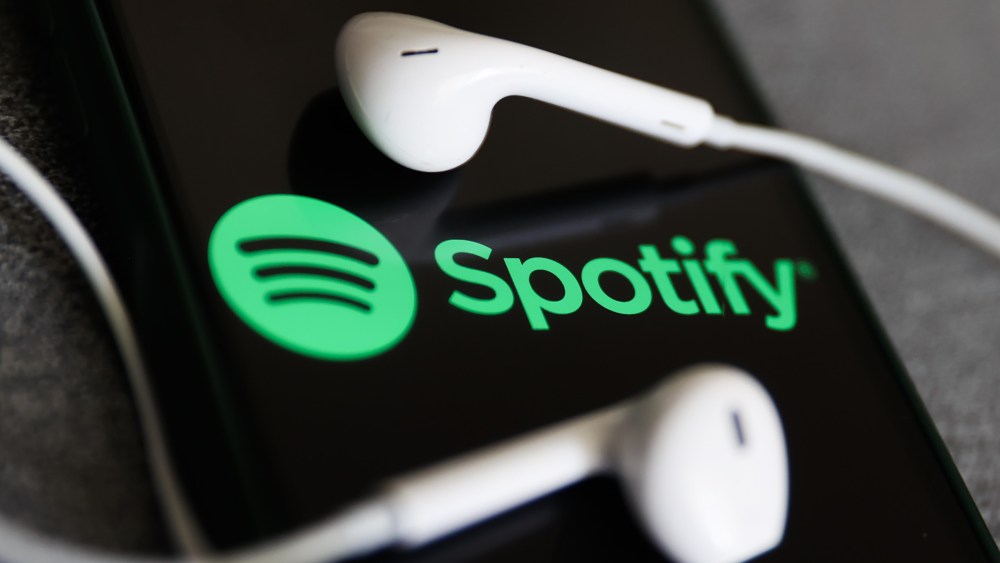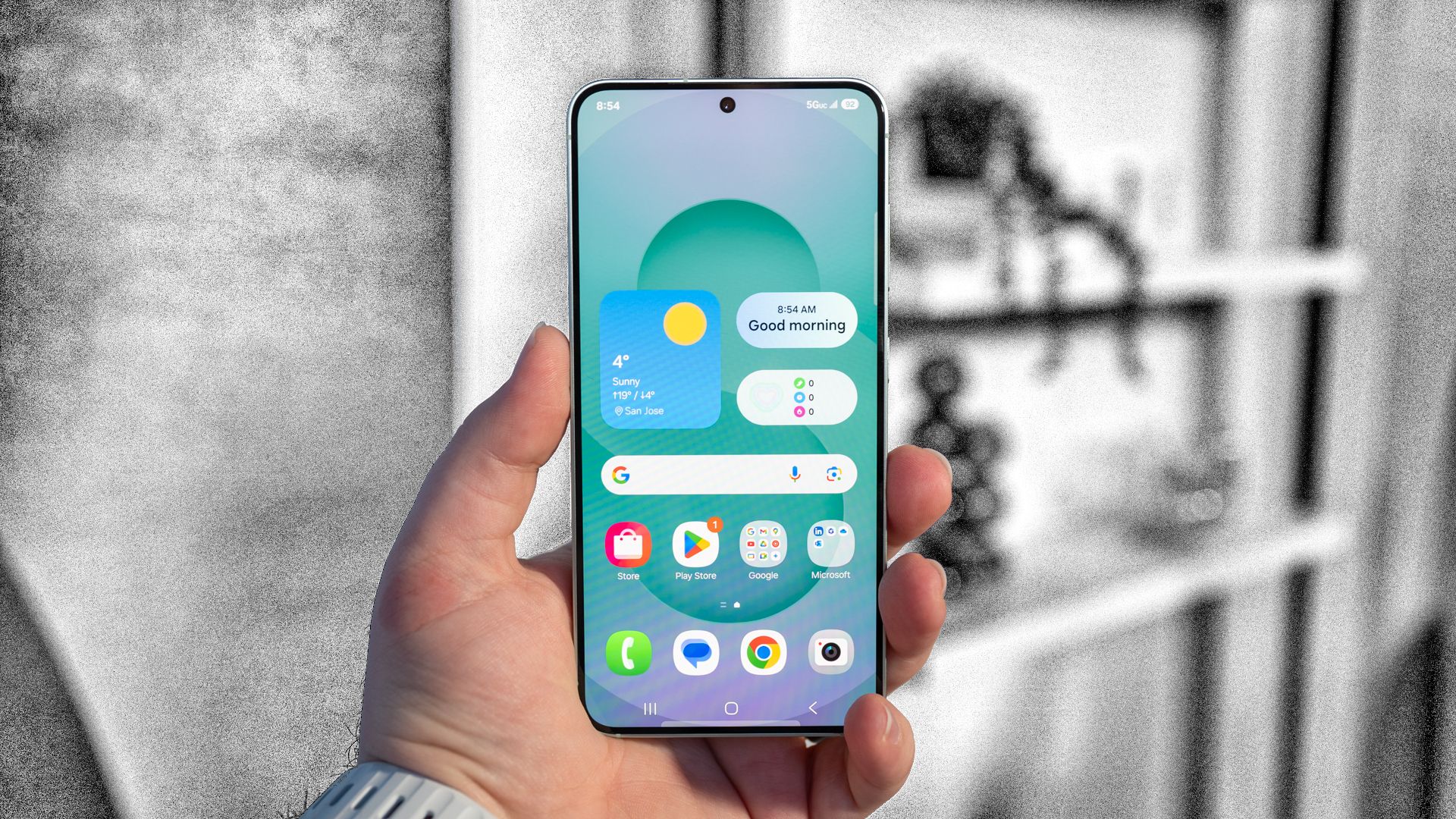Audiophiles Rejoice: Spotify Unleashes High-Fidelity Sound for Premium Users

Music streaming giant Spotify is making a significant leap forward by introducing high-definition lossless audio to its Premium subscribers in select markets. This strategic move positions the platform to directly compete with established rivals like Apple Music and Amazon Music, who have already been offering superior sound quality to their users.
The rollout marks a pivotal moment for Spotify, addressing the long-standing demand from audiophiles and music enthusiasts who crave pristine, uncompressed sound. By delivering lossless audio, Spotify ensures that listeners can experience music exactly as the artists and producers intended, with every nuanced detail and sonic texture preserved.
While initially limited to specific regions, this feature represents Spotify's commitment to enhancing its audio streaming experience and meeting the evolving expectations of discerning music fans. Subscribers can look forward to an immersive listening experience that brings them closer to the original recording, with crystal-clear sound quality that was previously unavailable on the platform.







